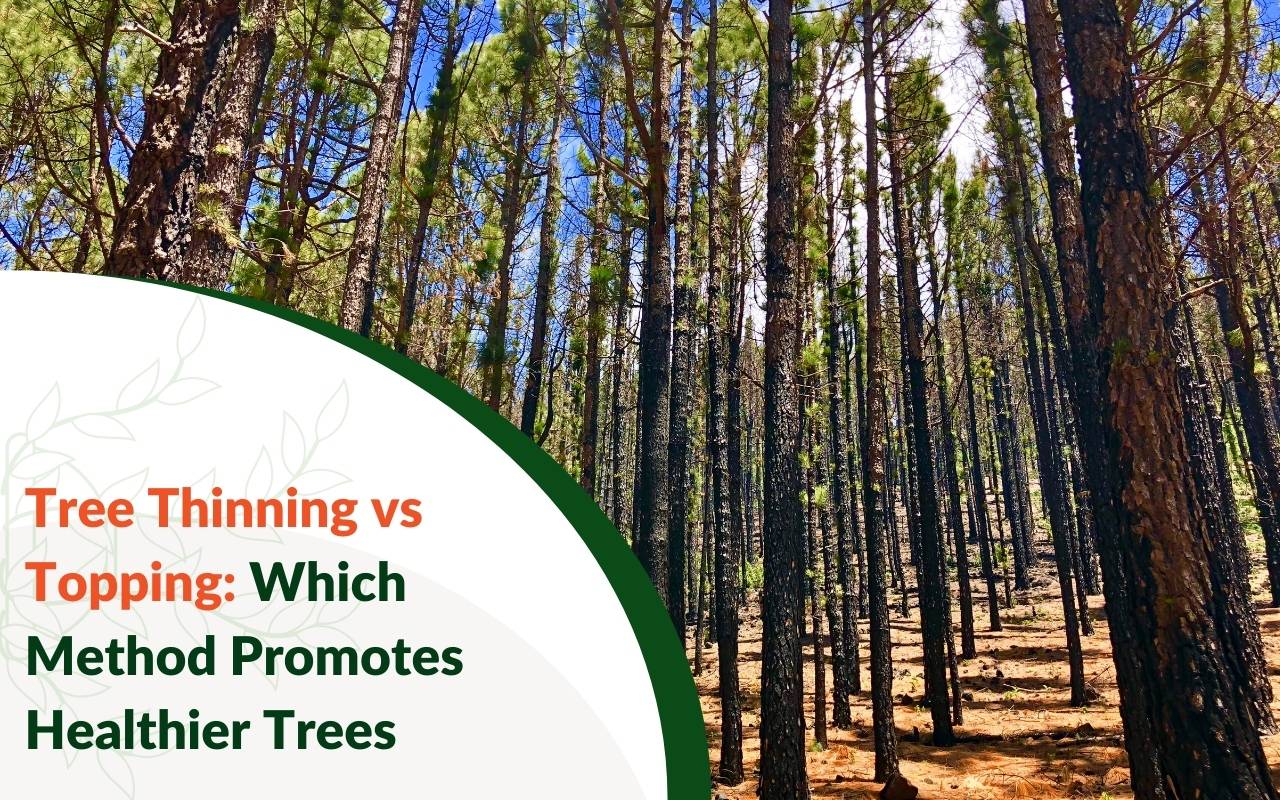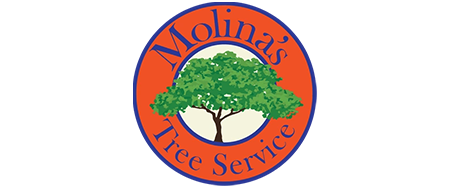
When it comes to maintaining tree health and beauty, not all pruning methods are equal. Choosing the wrong method may cause more harm than good. In fact, tree thinning vs. topping is more than a debate—it determines how well your trees thrive and maintain shape. Understanding their differences helps ensure stronger growth, better stability, and long-term vitality. Moreover, pruning is not only cutting branches—it is nurturing a living organism. Thinning removes selected branches for airflow and light. Topping removes the canopy, leading to weak regrowth and disease risks. Therefore, knowing this helps you make better choices for your trees.
Importance of Proper Tree Pruning
Proper pruning improves structure, safety, and resilience. When branches are removed correctly, the tree withstands storms, pests, and disease more effectively. In addition, thinning helps sunlight and air reach inner canopy layers, reducing fungal infections. For example, timing pruning in dormancy further lowers stress. In the debate of tree thinning vs. topping, the long-term advantages of thinning are clear for healthier trees.
Understanding Tree Thinning
Tree thinning selectively removes branches while preserving the tree’s natural form. Unlike topping, this method focuses on crossing or diseased limbs. Thinning improves light and air circulation inside the canopy. Consequently, it reduces storm damage risks and avoids weak regrowth. Certified arborists often recommend thinning to enhance long-term stability.
Benefits of Tree Thinning
- Better sunlight penetration supports healthier ecosystems beneath trees.
- Airflow discourages fungal diseases and harmful pests.
- Reduces wind resistance, lowering storm damage risk.
- Strengthens branch attachments for balanced growth.
- Moreover, it encourages longer lifespan and greater stability.
Risks of Improper Tree Thinning
Over-thinning can harm rather than help. Removing too many branches reduces leaves and photosynthesis. As a result, it may cause sunscald, inviting pests and decay. Improper cuts also damage natural defenses. On the other hand, following best practices or hiring a certified arborist prevents these risks.
Exploring Tree Topping
Tree topping, also called heading, cuts back main branches to stubs. This quick fix alters tree form and weakens regrowth. However, it removes apical dominance, forcing weak shoots to grow. Though it reduces height fast, topping creates long-term problems. Professionals discourage it due to health and safety issues.
Impacts of Tree Topping on Tree Health
Topping causes weak shoots that break under stress. Furthermore, loss of foliage reduces photosynthesis and starch storage, stressing trees further. Topped trees become vulnerable to pests, diseases, and drought. Repeated topping cycles trap trees in decline, shortening lifespan. Therefore, experts recommend thinning instead of topping.
Comparison: Tree Thinning vs. Topping
- Thinning maintains structure, topping damages form.
- Thinning promotes healthy regrowth, topping creates weak sprouts.
- Thinning improves airflow, topping reduces foliage excessively.
- Thinning strengthens resilience, topping increases disease risk.
- Thinning is proactive, topping is reactive and harmful.
In tree thinning vs. topping, thinning is the healthier choice. Therefore, arborists strongly recommend thinning for safety, aesthetics, and long-term vitality.
Factors to Consider Before Choosing a Pruning Method
Before deciding between tree thinning vs. topping, evaluate the tree species and goals. Some trees handle thinning better. For instance, younger trees adapt more quickly. Age and health also matter—older trees recover slower. Location near power lines may require special care. Consulting a certified arborist ensures the best results.
FAQs about Tree Thinning vs Topping
1. What is the main difference between tree thinning and topping?
Thinning selectively removes branches while maintaining form. Topping cuts major branches indiscriminately, weakening trees.
2. Why is tree topping discouraged?
Topping causes weak sprouts, reduces photosynthesis, and increases disease risks.
3. How does tree thinning benefit landscapes?
It improves sunlight, airflow, storm resistance, and supports healthier ecosystems.
4. Can improper thinning damage trees?
Yes. Over-thinning or bad cuts harm natural defenses and may lead to decay.
5. Should I consult a professional arborist?
Absolutely. Indeed, a certified arborist ensures correct pruning for long-term tree health.
Ensuring Long-Term Tree Health
- Apply mulch around the drip line to retain soil moisture.
- Avoid piling mulch against the trunk to prevent bark decay.
- Inspect trees regularly for pests, decay, or diseases.
- Remove weak sprouts when necessary.
- Finally, maintain balanced aftercare practices.
For comprehensive tree trimming services, consider experts who understand thinning best practices. You can also review all our services for complete landscape care. Residents in the area can explore tree trimming in Simpsonville, SC for local expertise. If you want personalized advice, contact us through our contact page.
Choosing the Right Pruning Method
When comparing thinning vs topping trees, thinning is the best choice for structural benefits and aesthetics. Thus, consulting an arborist ensures the right method. With proper thinning and aftercare, your trees will remain strong, resilient, and beautiful for years to come.
